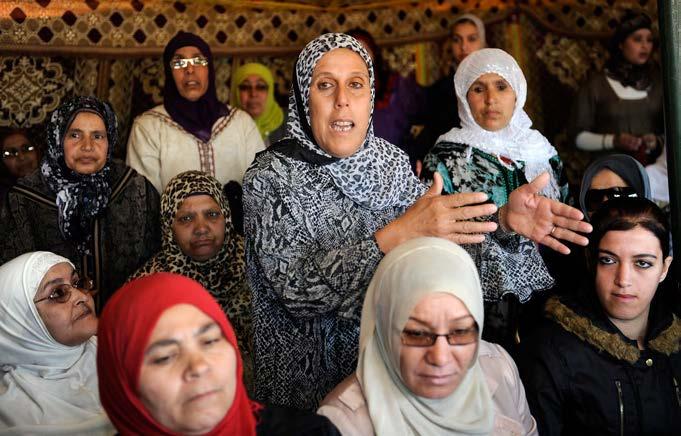Women and Customary and Informal Justice Systems focuses on the relationship between women and CIJ systems. It brings together current research, expert perspectives and programmatic experience, addressing:
»»the evolution of legal and policy debates on women and CIJ;
»»challenges women encounter in accessing justice through CIJ systems;
»»gender-focused engagement entry points, modalities, and good practices for CIJ systems; and
»»policy recommendations to improve women’s rights and access to justice.
It is the third publication in the series “Navigating Complex Pathways to Justice: Engagement with Customary and Informal Justice Systems” that seeks to advance policy dialogue and distill lessons from programming and research, to help realize Sustainable Development Goal 16.






